When it came time for me to complete the course selection process for my semester at St Mary’s University in Twickenham, London, England, I was immediately drawn to a history course entitled “Tudor Queenship.” Would I ever have the chance to take an entire class on the lives and legacies of Tudor queens at any other point in my American education? The odds were unlikely. So, even though the course was at an advanced level, and I was going into it with very little knowledge of Renaissance England, I decided that this would be the perfect opportunity to use the educational side of studying abroad to further my immersion in the English culture while I was in London.
At St Mary’s, the courses are structured in three-hour class blocks that meet once a week. In my first session of “Tudor Queenship,” on my first official day of classes at this new school, I was blown away at how much I was unaware of regarding how the House of Tudor came to be, the structure of the British monarchy, and the role that women played in the royal court. After just one class, I knew that I would be looking forward to my Monday afternoons when I could learn more about these heroines of history that have been largely obscured from the center of attention in American education. What shocked me most about this first lesson was hearing my professor mention the names of royal estates and palaces that were just a town over or a short bus ride away from campus. To imagine that the residential neighborhood I was studying in was once home to kings and queens was fascinating to me, and I immediately wanted a chance to visit these historic sites and feel the history I was learning about come to life.
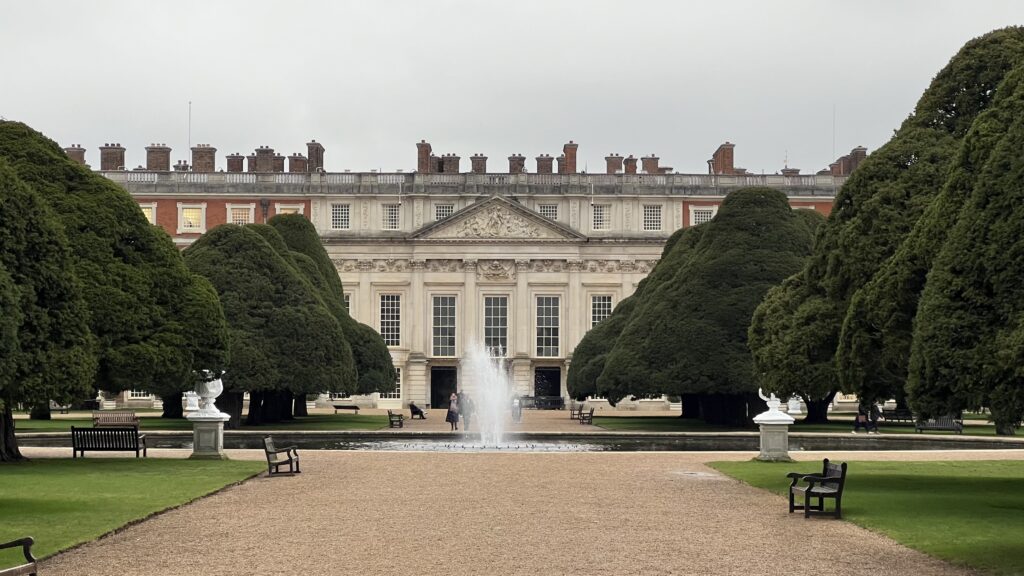
On a day off from classes soon after my first session of “Tudor Queenship,” my friends and I set off to Hampton Court Palace, just a bus ride away from our campus. Hampton Court was built by Cardinal Wolsey, an advisor to King Henry VIII in the early 16th century, and it soon became a common place of residence for the king and his six wives: Katherine of Aragon, Anne Boleyn, Jane Seymour, Anne of Cleves, Katherine Howard, and Catherine Parr. Additionally, Henry VIII’s daughters, Queen Mary I and Queen Elizabeth I, also stayed at the palace during their reigns as monarchs. In the 17th century, William III and Mary II had an addition built to the palace, but after their reign, the palace was largely uninhabited by the royal family. In 1838, Queen Victoria opened the palace to the public, which is how my friends, and I were able to visit the palace and its grounds.
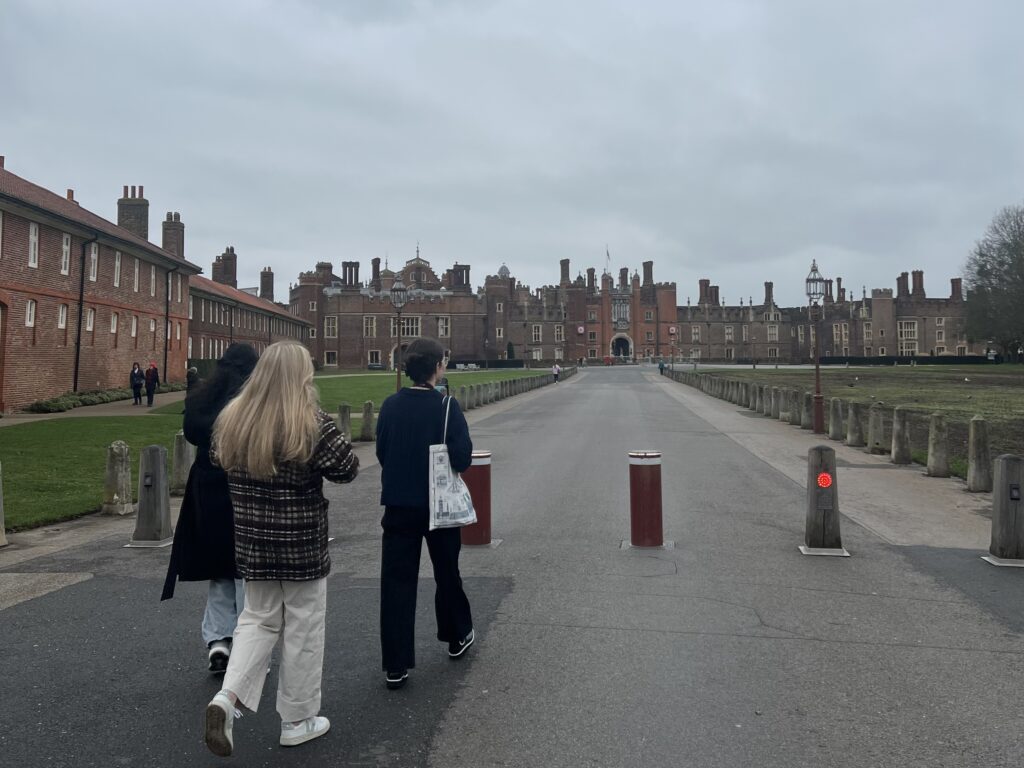
From the moment we stepped off the bus and began to traverse the front drive to the palace, it became obvious that this was a place that held an important role in history. Countless chimneys tower over the building, flag poles and crosses stand tall on the roof, and a giant doorway leads you into a courtyard that allows you to access different areas within the palace. Throughout our tour, we were able to see the apartments of King Henry VIII and his wives, the additions and apartments of succeeding monarchs, hear a presentation on the presence of Queen Elizabeth I at Hampton Court, and we got to explore the expansive grounds that feature fountains, gardens, statues, and lots of swans and birds swimming and flying around us.
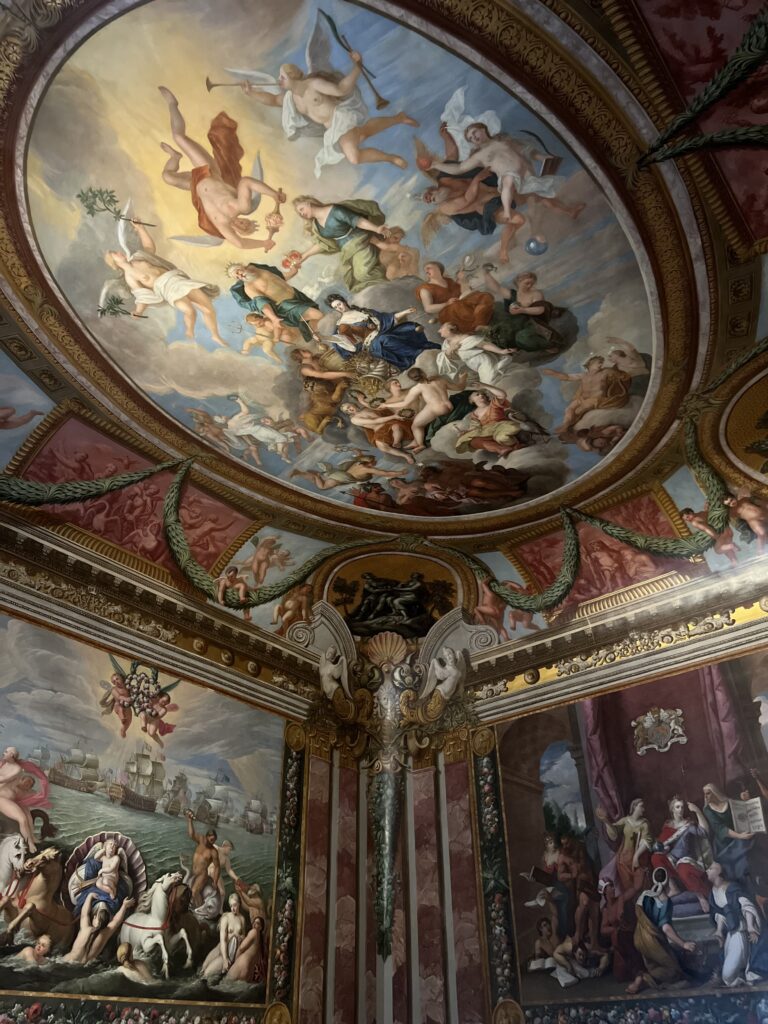
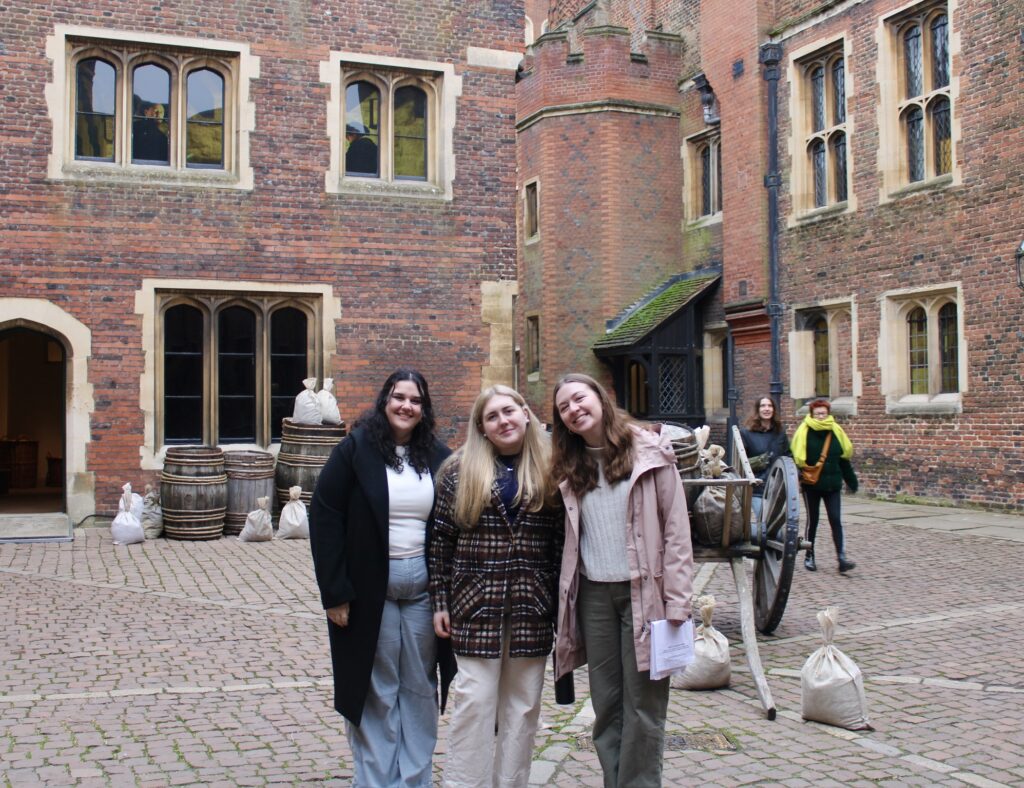
Being at Hampton Court after my introduction to the English Tudors added a depth to my experience that I would not have had without the knowledge I gained through my studies abroad. This was the first moment where I saw how education in a new country would help me feel more connected to the history and culture of England, rather than just taking classes like those back home but in a new setting. To walk around the palace and be able to recognize the Tudor rose and know that the colors of red and green were derived from the bringing together of the Houses of York and Lancaster, or to see the privy chamber where King Henry VIII married his final wife Catherine Parr and know that she would outlive him, or to see the carvings in the woodwork and spot the initials “AB” that represent the executed second wife of Henry VIII, Anne Boleyn, made me realize how valuable the educational side of my time abroad would be to me. It is unlikely that I would have ever had the opportunity to learn so intensively about these important and influential figures in history, but I now look forward to three more months of further developing my knowledge on Renaissance England and the monarchs that created long-lasting impacts on the United Kingdom.
Source: Historic Royal Palaces
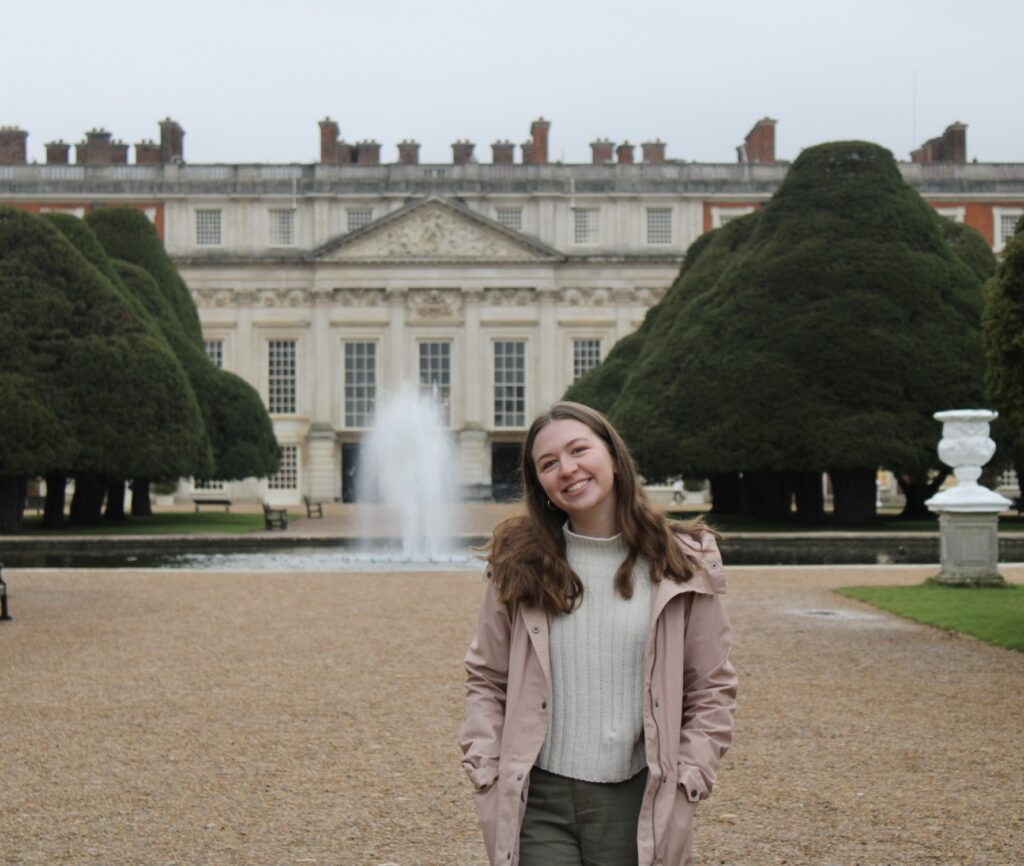
Leah S is studying majors in English Communications, Political Science, and History and studying abroad at St Mary’s University London, Twickenham, England.
Comments are closed.